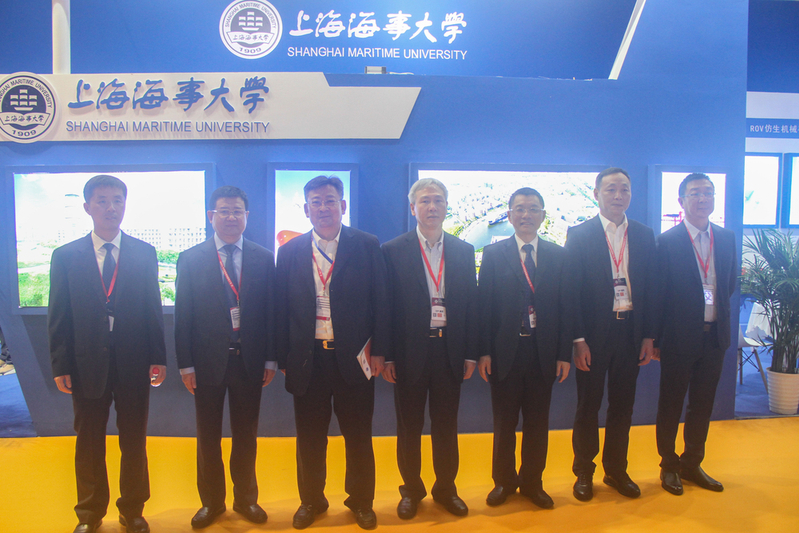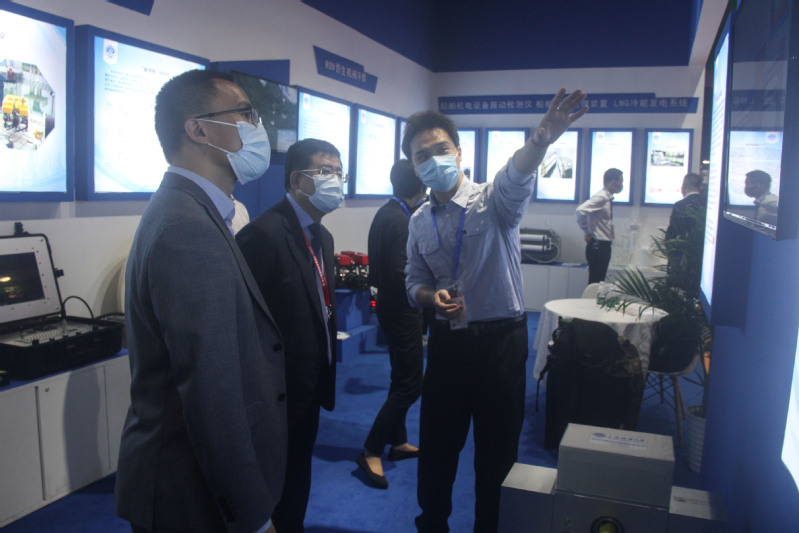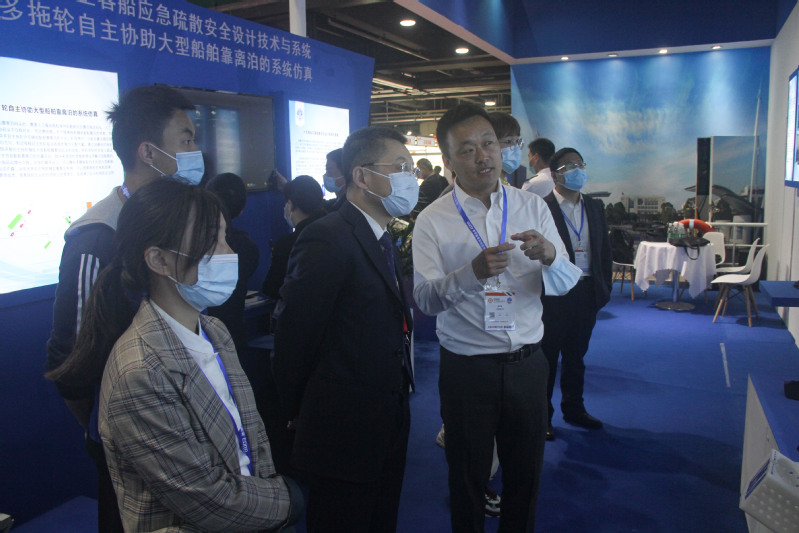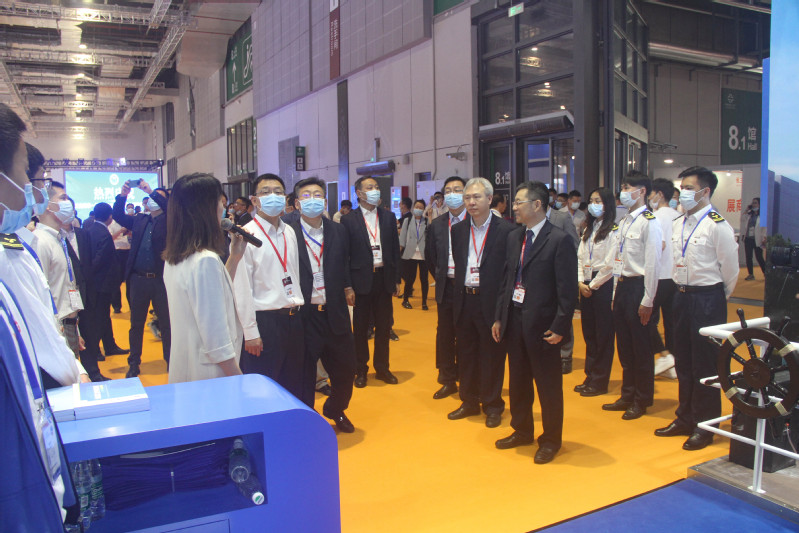On May 7th, the First Yangtze River Delta International Emergency Disaster Reduction & Rescue Expo (EDRR) opened in Shanghai. 10 scientific and technological achievements of Shanghai Maritime University was exhibited on the Expo, which include maritime search and rescue monitoring platform based on remote radar monitor, global ship AIS dynamic monitoring system and new equipment for maritime search and rescue, HAIXUN Rov, ship water purification treatment device, etc. Mr. Chen Yin, Vice Mayor of Shanghai, Mr. Song Baoru, Chairman of the University Council and Mr. Lu Jing, President of SMU attended the Expo and visit the exhibition.
During the exhibition, leaders from Shanghai MSA, Zhejiang MSA, Changjiang MSA, Jiangsu MSA and Lianyungang MSA visited the scientific and technological achievements. After listening to the introduction of the projects, they affirmed SMU’s innovative achievements and provided valuable guidances.
An intelligent maritime search and rescue system and equipment composed of a maritime search and rescue monitoring platform based on remote radar monitor, global ship AIS dynamic monitoring system and new equipment for maritime search and rescue, is developed by the scientific research team led by Hu Qinyou from the Merchant Marine College. The system transmits the data to the search and rescue command center on shore in real time through VSAT and other satellite communication links, and integrates with the electronic chart system to perform comprehensive processing including display, analysis, decision-making, storage and callback, so as to realize the ship-shore integrated command and decision-making. Through new maritime search and rescue equipment such as AIS-MOB, the information of persons in distress at sea is transmitted back to the monitoring platform, which facilitates maritime search and rescue and greatly improves the success rate of search and rescue.
HAIXUN Rov, developed by the scientific research team led by Zhu Daqi from Logistics Engineering College, is a new generation of small cable-actuated underwater robot. It adopts frame structure and modular design, provides several high-speed and low-speed expansion interfaces, and can be equipped with auxiliary cameras, sonar, single-function manipulator, two-function manipulator, underwater positioning system, altimeter and other sensors and operating tools according to different needs, which allow the robot to cope with different tasks and be used in various water environments.
The ship water purification treatment device is developed by the scientific research team led by Liao Dexiang from Ocean Science and Engineering College. The device adopts a unique turntable structure design, and operates the highly integrated flat membrane module in a program-controlled rotation mode. It makes full use of the surface shear force, centrifugal force and strong turbulence generated by the rotation of membrane equipment, and can realize the automatic cleaning of membrane surface without aeration. Dual membrane combination can solve the problems of complex pretreatment, high cost of consumables, long process flow, large area and high treatment cost in traditional reverse osmosis process.




